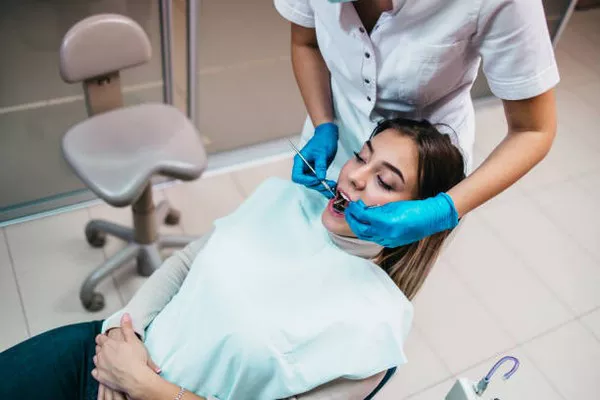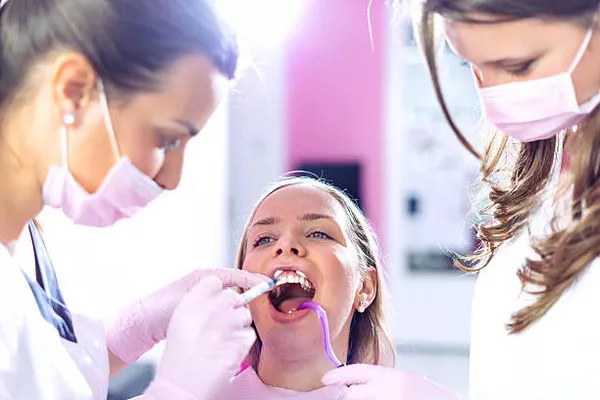Orthodontics is a specialized field of dentistry dedicated to improving oral health, correcting misaligned teeth, and enhancing smiles. As we delve into the realm of orthodontics, we’ll explore the wide array of treatments and procedures that fall under this umbrella. From traditional braces to modern innovations, this comprehensive guide will provide insight into the fascinating world of orthodontic care.
Understanding Orthodontics
Orthodontics is a branch of dentistry that focuses on diagnosing, preventing, and treating dental and facial irregularities. These irregularities can range from crooked teeth and overcrowding to problems with jaw alignment. Orthodontists are trained professionals who specialize in guiding teeth and facial development to create a harmonious and functional smile. Let’s explore the various components that fall under the domain of orthodontics:
1. Traditional Braces
Traditional braces are perhaps the most well-known orthodontic treatment. These consist of metal brackets, wires, and bands that are bonded to the teeth. Braces work by applying gentle pressure on the teeth over time, gradually shifting them into their correct positions. They are highly effective and can address various dental issues, including overbites, underbites, and misaligned teeth.
a. Components of Traditional Braces
Traditional braces comprise several components that work together to straighten teeth. These include:
Brackets: Small metal or ceramic attachments bonded to each tooth.
Wires: Threaded through the brackets to apply pressure.
Bands: Securely wrapped around the back molars to anchor the wires.
Elastics: Often used to correct bite issues and improve alignment.
2. Invisalign Aligners
Invisalign is a modern and discreet alternative to traditional braces. These clear, removable aligners are custom-made to fit your teeth, gradually moving them into the desired position. Invisalign is a popular choice for those seeking a less noticeable orthodontic treatment.
a. Advantages of Invisalign
Invisibility: The aligners are nearly invisible, making them aesthetically pleasing.
Removability: You can take them out for eating, brushing, and special occasions.
Comfort: Invisalign is generally more comfortable than traditional braces.
3. Orthodontic Headgear
Orthodontic headgear is a specialized appliance that is prescribed in cases where major adjustments to the jaw are needed. This device is usually worn at night and is designed to correct overbites and underbites.
a. Types of Orthodontic Headgear
There are different types of orthodontic headgear, including:
Cervical Pull Headgear: Used to correct underbites.
High-Pull Headgear: Primarily used to correct overbites.
Reverse-Pull Headgear: Utilized for younger patients with underdeveloped jaws.
4. Retainers
Retainers are crucial in maintaining the results achieved through orthodontic treatments. They are custom-made appliances that help keep your teeth in their new positions. Patients are typically required to wear retainers for a specified duration after their primary orthodontic treatment.
a. Types of Retainers
Hawley Retainers: These are removable and consist of a wire anchored to an acrylic base.
Fixed Retainers: A permanent option, these are bonded to the back of the teeth and not visible.
5. Surgical Orthodontics
In some cases, orthodontic treatment may require surgical intervention to address severe jaw misalignments or other complex issues. Surgical orthodontics, also known as orthognathic surgery, is performed by oral and maxillofacial surgeons in conjunction with orthodontists to achieve the best possible results.
a. Candidates for Surgical Orthodontics
Patients who may benefit from surgical orthodontics include those with:
Severe underbites or overbites.
Jaw size discrepancies.
Facial asymmetry due to skeletal problems.
6. Interceptive Orthodontics for Children
Interceptive orthodontics focuses on identifying and treating orthodontic issues in children at an early age, usually between the ages of 6 and 10. This proactive approach can prevent more severe problems from developing as the child grows.
a. Benefits of Interceptive Orthodontics
Corrects issues before they become more complicated.
Reduces the need for extensive orthodontic treatment in the future.
Promotes proper jaw development and tooth alignment.
In conclusion, orthodontics encompasses a broad spectrum of treatments and approaches, from traditional braces to innovative solutions like Invisalign and surgical orthodontics. Each treatment option serves a unique purpose, and the choice depends on the specific needs and preferences of the patient. Orthodontic care not only enhances the aesthetics of a smile but also plays a crucial role in overall oral health.
Related Links:
How does invisible aligners work?
How to fix overbite teeth at home?
Why do my teeth click when i push on them?






























